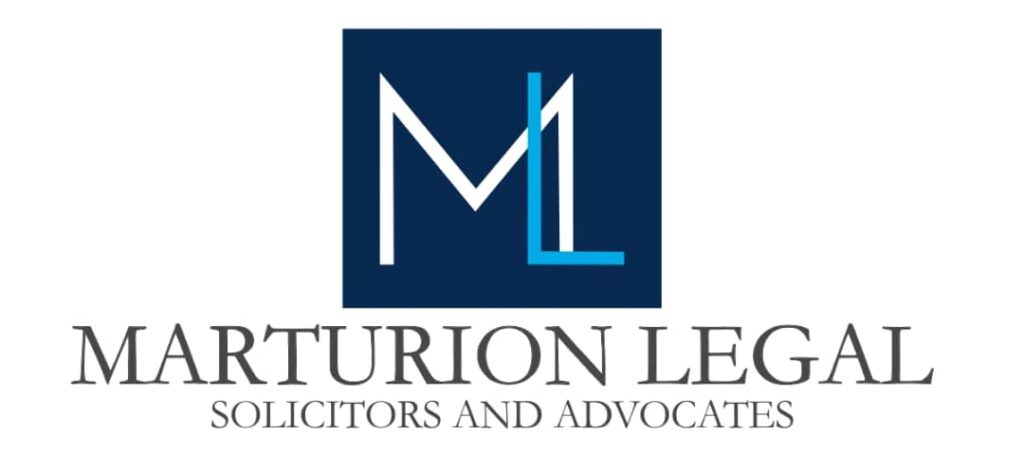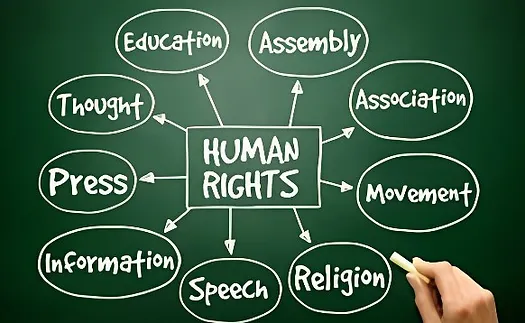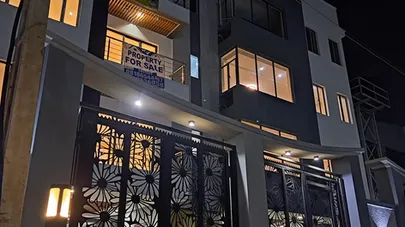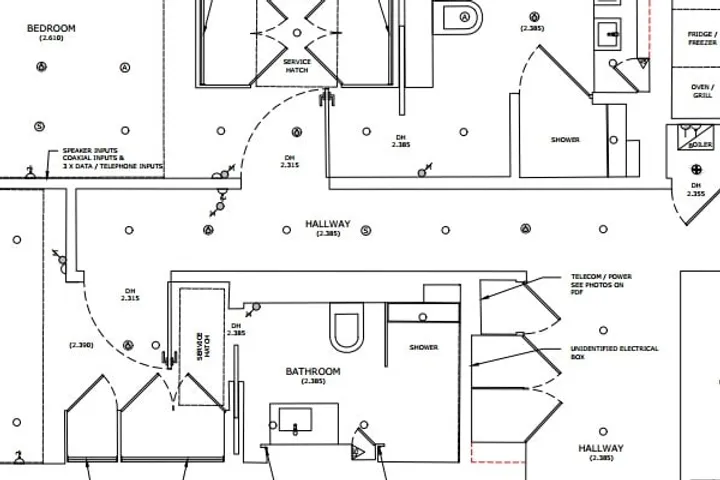EXCLUSIVE AND NON-EXCLUSIVE LICENCE
An Exclusive License means that no person or company other than the named licensee can exploit the relevant intellectual property rights. Importantly, the licensor is also excluded from exploiting intellectual property rights. If the licensor wishes to continue to conduct any activity covered by the intellectual property or has previously granted any rights in relation to the intellectual property, the exclusive licence will need to state that it is exclusively subject to those carve-outs ( the process of separating a portion of an existing IP asset from the rest of the asset) expressly. A Non-Exclusive Licence grants the licensee the right to use the intellectual property but means that the licensor remains free to exploit the same intellectual property and to allow any number of other licensees to also exploit the same intellectual property[I].
The following intellectual property rights are recognized and protected in Nigeria:
1. Copyright
2. Trademark
3. Patent
4. Industrial Design
5. Trade Secret
COPYRIGHT
Copyright protection is for literary, musical, artistic, audiovisual works, sound recordings and broadcasts
[ii]. Copyright protection is automatic upon the creation of a work, and there is no formal registration requirement for copyright to be enforced. However, registering a work with the Nigerian Copyright Commission (NCC) can serve as evidence in legal disputes. Literary, musical or artistic work shall only be eligible for copyright if it is original and has been fixed in any medium of expression
[iii].
Ineligible works
The following are ineligible for copyright:
i. Ideas, procedures, processes, formats, systems, methods of operation, concepts, principles, discoveries or mere data;
ii. Official texts of a legislative or administrative nature as well as any official translations, except their compilations; and
iii. Official state symbols and insignia including flags, coat-of-arms, anthems and banknote designs
[iv].
It is worthy of mention that cable operators who transmit broadcasts of broadcasting organisations are not entitled to copyright in such retransmitted broadcasts
[v].
Except there exists an agreement to the contrary, copyright shall initially vest in the creator of a work. Where a work is created under a contract for services or in the course of employment, copyright in such work shall vest in the employer unless agreed otherwise
[vi]. For a collective work, copyright shall vest in the initiator or director of the work; however, each contributor has the right to exploit his work independent of the right in the collective work
[vii].
Copyright Infringement
This is a violation of the right of an author or the creator of a work by using the work without authorization. A creator’s copyright can be said to have been violated in the following circumstances:
i. Importation into Nigeria an infringing copy of a work;
ii. Sale or hire of any copyright work;
iii. Possession of equipment used for the sole purpose of making infringing copies of a copyright work;
iv. Public performance of the work unless the person permitting the performance is ignorant that the performance constitutes copyright infringement;
v. Usage of premises for the reproduction of copyright work
[viii].
An action for infringement may be brought by the owner, assignee or an exclusive licensee before the Federal High Court
[ix]. To commence a suit against the Nigeria Copyright Commission, a member of the Board or any staff of the Commission, a three-month pre-action notice must be given to the Commission and such action must be commenced within 12 months after the cause of action arose
[x].
TRADEMARK
Trademarks in Nigeria are regulated by the Trade Marks Act, which is administered by the Nigerian Trademarks, Patents and Designs Registry. Trademarks can be registered to protect distinctive signs, logos, symbols, names, or devices used to identify goods or services. Registration provides exclusive rights to use the trademark in relation to specific classes of goods or services. Non-registration of a trademark deprives a person or corporation of the right to institute proceedings for the prevention or recovery of damages for infringement[xi].
An individual or entity seeking to register a trademark must initiate the process by submitting an application to the Registrar of Trademarks. Upon receipt of the application, the Registrar will issue an acknowledgement form to the applicant. The submitted application will undergo a thorough examination. If the Registrar determines that there are no existing similar marks that have been accepted or registered, they will issue an Acceptance Letter to the applicant. Conversely, if the application fails to meet the prerequisites for registration, a Refusal Notice will be issued.
Once a trademark application has been accepted by the Trademarks Registry, it will be included for publication in the Trademarks Journal. If no objections are raised against the published application within a period of two (2) months, the final fees for registration and sealing will become payable. Following this, unless it is later determined that the trademark was accepted in error, the Registrar will furnish the applicant with an official Certificate of Registration for the trademark. It is important to note that a registered trademark will be granted registration effective from the date of the initial application for registration. The registration of a trademark is for a period of 7 years and is subject to renewal in accordance with the provisions of the Act.
PATENT
Patent protection in Nigeria is governed by the Patents and Designs Act
[xii]. It grants inventors exclusive rights to their inventions for a limited period of time. To obtain a patent, inventors must file a patent application with the Nigerian Patents and Designs Registry. The application is then examined to determine if the invention meets the criteria for patentability, such as being new, involving an inventive step, and being capable of industrial application
[xiii].
Patents cannot be acquired for plants, animals, or any biological processes related to their production. Furthermore, patents for inventions that go against public order or morality cannot be granted. The right to a patent for an invention belongs to the individual specified by the law as the statutory inventor. This person is the first to file a patent application or validly claim foreign priority for the invention, regardless of whether they are the actual inventor. Where an invention is made in the course of employment or in the execution of a contract for the performance of specified work, the right to a patent in the invention is vested in the employer or, as the case may be, in the person who commissioned the work except as otherwise provided by the Act
[xiv]. A patent provides the patent holder with the authority to prevent others from performing the following actions:
i.For patents concerning a product, preventing the act of creating, importing, selling, using, or stocking the patented item for sale or use.
ii. For patents related to a process, preventing the use of that process. Patent rights are effective for 20 years from the date of submitting the relevant patent application and cannot be renewed. If the required annual fees are not paid by the end of the grace period, the patent will expire. Additionally, a patent holder can voluntarily surrender their patent by submitting a written declaration to the Registrar of Patents. This surrender becomes official once it is registered with the Registrar of Patents. A patent may be invalidated if its description or claim doesn’t align with legal provisions or if a prior application with earlier foreign priority takes precedence.
INDUSTRIAL DESIGN
The Patents and Designs Act defines an “industrial design” as a combination of lines, colours, or both, along with three-dimensional shapes (with or without colours) intended by the creator for reproduction through an industrial process[xv].
An industrial design can be registered if it is novel and does not conflict with public order or morality. Any design made available to the public anywhere before the registration date is not considered new. Regarding its duration, an industrial design is initially protected for five years from the registration date and can be renewed for two additional consecutive periods of five years each.
The Registrar of Patent & Designs issues design certificates in accordance with the Patent and Designs Act. An industrial design must be registered, resulting in the issuance of a registration certificate that includes:
i.Design number
ii.Name and address of the registered owner
iii. Application and certificate issuance dates
iv. Details of any priority claims
v. Reproduction or representation of the design
vi. Indication of products for which the design will be used
vii. Name and address of the true creator.
Trade secrets are valuable pieces of information that give a business a competitive advantage. Although not protected by any extant law, it, however, has become a practice in Nigeria. They are not publicly disclosed and are protected through non-disclosure agreements and other legal measures.
CONCLUSION
IP rights are typically protected through registration processes and legal agreements. Enforcement of IP rights can involve legal actions against those who infringe upon these rights, leading to penalties or compensation for damages. In Nigeria, the Federal High Court has exclusive jurisdiction to hear intellectual property matters by virtue of Section 251 (1)(f) of the Constitution of the Federal Republic of Nigeria 1999 (as amended).
END NOTE
It is important to note that there can be complex legal considerations involved in protecting and enforcing these rights. If you have specific questions about intellectual property rights related to a certain creation or context, it is advisable to consult with a legal professional specializing in intellectual property law.
[ii] Section 2, Copyright Act, 2022
[iii] Section 2(2), (a)(b) ibid
[xi] Section 3, Trade Marks Act, Chapter T13, Laws of the Federation of Nigeria, 2004
[xii] Patents and Designs Act, Chapter P2, Laws of the Federation of Nigeria, 2004
[xiii] Section 1(1), Patents and Designs Act, 2004




